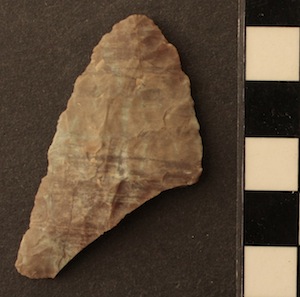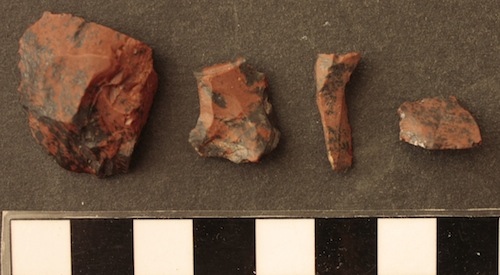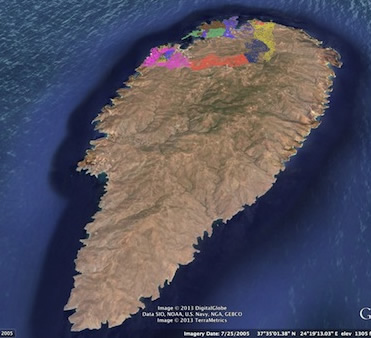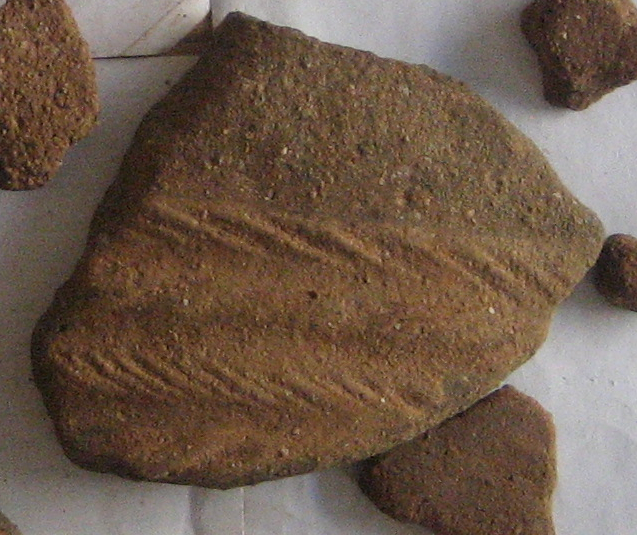Publications
2013 Report
Last summer, between 7th of June and 25th of July 2013, thanks to financial support from INSTAP and the University of North Carolina Greensboro, and permission and assistance from the 21st Ephorate and the Irish Institute of Hellenic Studies at Athens, our team spent six and a half weeks in Greece conducting the second season of the Kea Archaeological Research Survey (KARS). The primary goal of KARS is to fill an archaeological lacuna by testing the value of surface survey. Pedestrian surface survey has become exceedingly popular over the past thirty years in archaeology and especially in Greek archaeology. While several of these kinds of survey are carried out every year in Greece very few studies have tested the results of this method of recreating past cultural landscapes. In an attempt rectify this situation, KARS aims to cover the same area of northwest Kea examined in one of the earliest Greek surveys carried out in the early 1980s.
|
|
|
This summer, our team consisted of up to 38 people from Ireland, USA, the UK, and Greece. We had a total of 23 students participating in the field school. Five of these students had participated in KARS 2012 and returned as assistants. They were an invaluable element of the team. We spent the first two days training the team and learning about the Keian terrain, five full weeks collecting material in the field, and then five days were spent wrapping up the apotheke. In total, the teams walked 1377 tracts and covered around an area of around 6km squared. We have now covered two thirds of the survey area.
We found several Bronze Age sherds and lithics around the survey area, although we found no major BA density. The majority of our material and densities date to the Archaic – Roman periods. In the sites where we conducted a Phase II pick-up we observed that the sherds were eroding out of collapsed terraces. This seems to be consistent throughout the area. Most densities were found in close proximity to collapsed terraces; not all collapsed terraces, however, yielded ceramics. The discovery of at least three Early Bronze II talc ware sherds at these terraces suggest that coring into some of these terraces could yield extremely significant information data about the relationship between earlier sites and later ones.
Two major lines of inquiry have been raised by our revisits to Paouras and Kephala, the two largest Neolithic sites in the area. The first pertains to the distribution and density of slag from metal working at the two sites; at Kephala we found approximately 3kg of slag but only 200g from Paouras. Next year we will focus on examining in detail the distribution of the Early Bronze Age material in relation to the slag at Paouras to ascertain if the slag actually dates to that period rather the Neolithic as we had previously thought. The imported pottery, lithics, and metal technology on Kephala are also worthy of further investigation. This investigation, in conjunction with the study of the Paouras material, will help us shed light on Kea’s contacts during the Final Neolithic and EBA and the technologies being used on the island.
 A Final Neolithic, bifacially worked, chert triangular point, from Kephala |
 Four piece of Final Neolithic mahogany obsidian, from Kephala. Four piece of Final Neolithic mahogany obsidian, from Kephala. |
Our goals for next season are to complete our Phase I (tract walking) investigation of the whole survey area, conduct Phase II (intensive pick-ups) at areas of noted densities, take coring samples, and continue our detailed analysis of Kephala and Paouras.
 KARS Fieldschool participants 2013, at the Lion Gate Mycenae |









